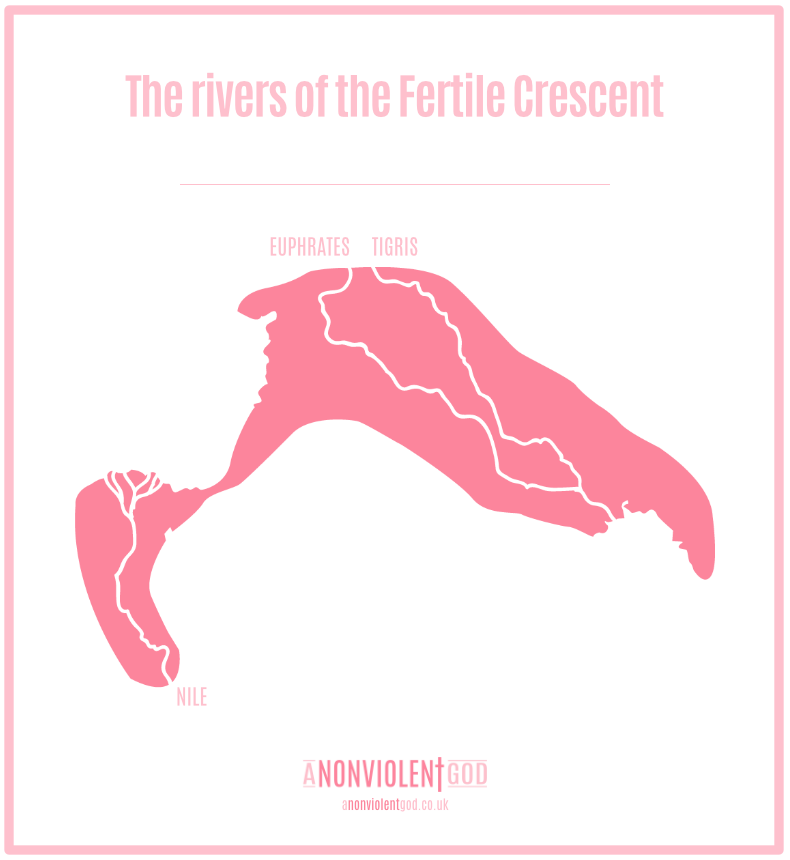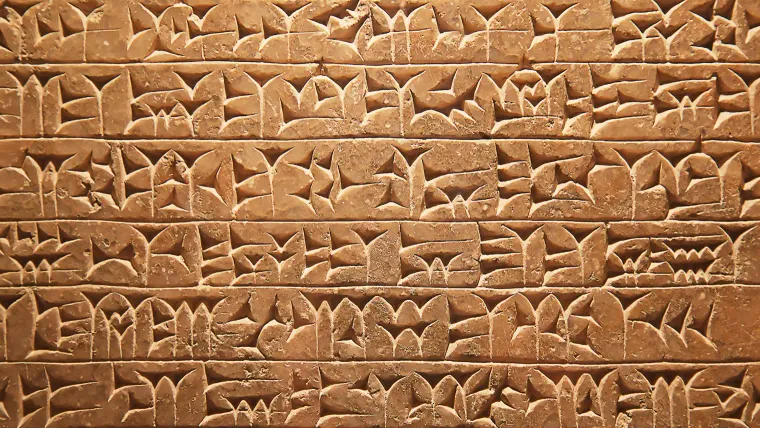Israel sits in a crescent-shaped region of high fertility in the arid Middle East. This so-called Fertile Crescent starts in the Nile River system before stretching up along the eastern edge of the Mediterranean Sea and across to the Euphrates and Tigris River systems as far as the Persian Gulf. This area encompasses modern day countries such as Israel, Jordan, Lebanon, Palestine, Syria, and Iraq, as well as parts of Egypt, Turkey, Kuwait, and Iran.

The fertile land of the Tigris-Euphrates drainage basin was a highly contested area. Over the 5,000 year period before the Greeks and then the Romans took over, this area produced multiple ancient empires, starting with the Akkadians (the world’s first empire), then the Babylonians, Assyrians, New Babylonians, and finally the Persians.
Israel’s ancient “neighbours” were the Egyptian empire to the south-west and these huge country-spanning empires to the north and east. The land of Israel was significant because it acted as a major trading route between these massive empires.
At some point, the Greeks labelled the fertile land to the north and east of Israel as Mesopotamia (meaning “between rivers”). The empires controlling this area of the world gave birth to the agricultural revolution, cities, writing, mathematics, astronomy, and even the wheel.
Recent discoveries of ancient texts are opening up the both the Mesopotamian and Egyptian worldviews in ways unparalleled for over two millennia. This enables us to discover how Israel’s ancient neighbours told creation myths, and to see whether they can unlock the world of Genesis 1 anew for us.


